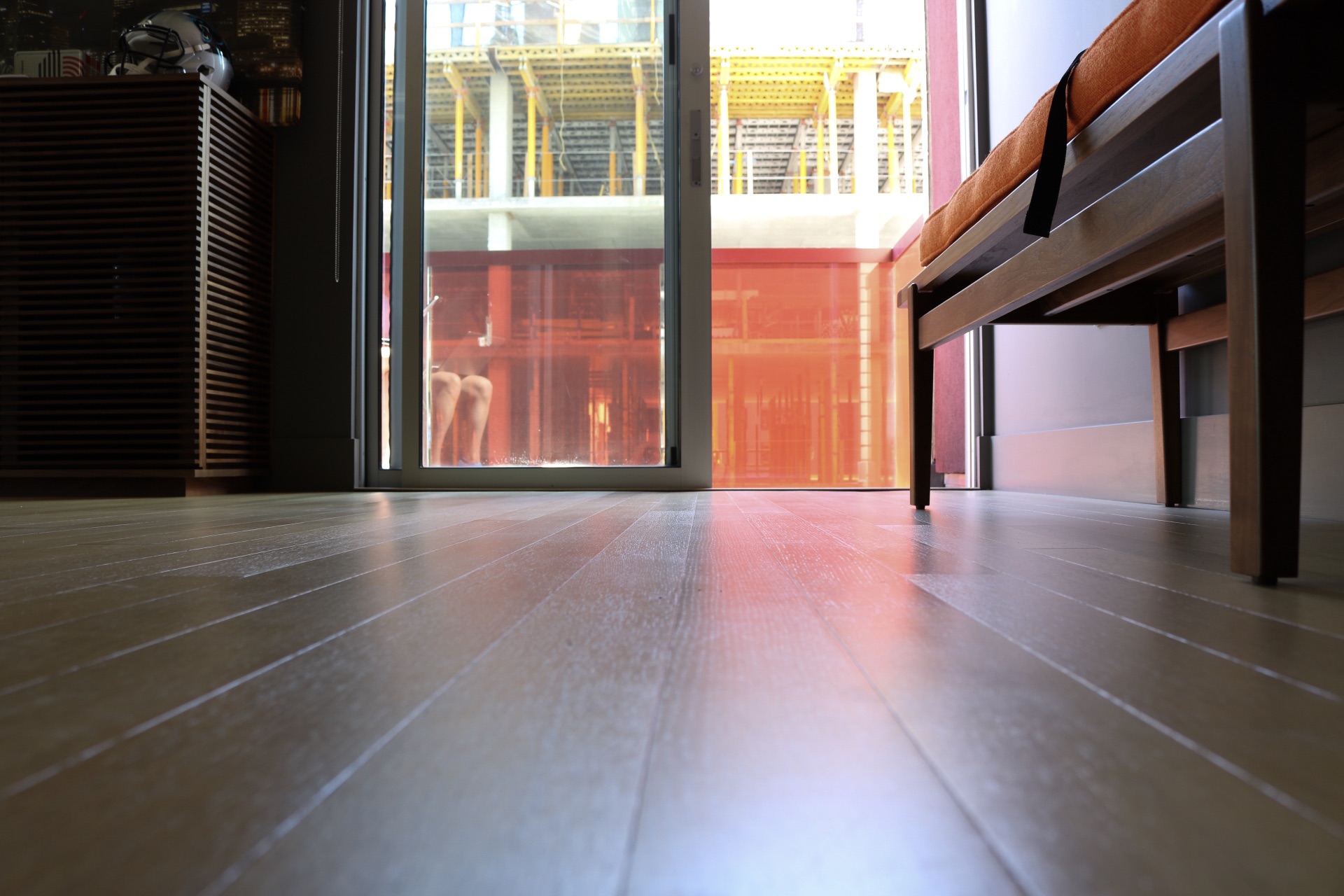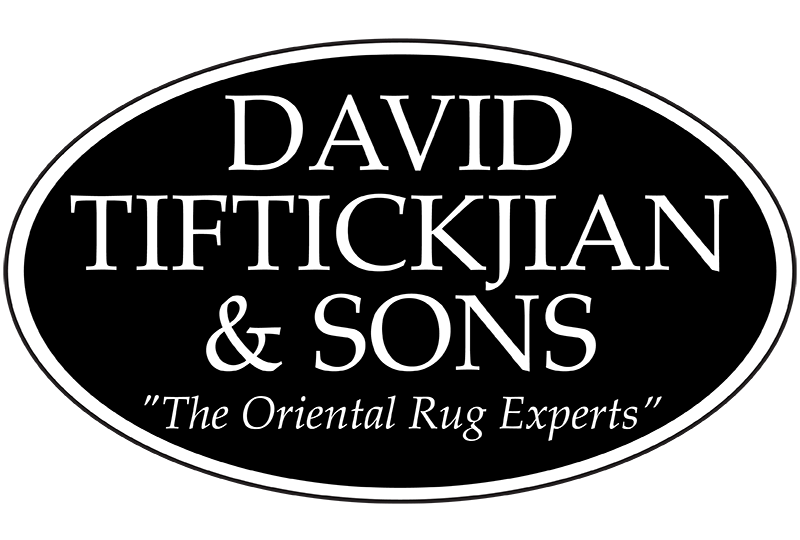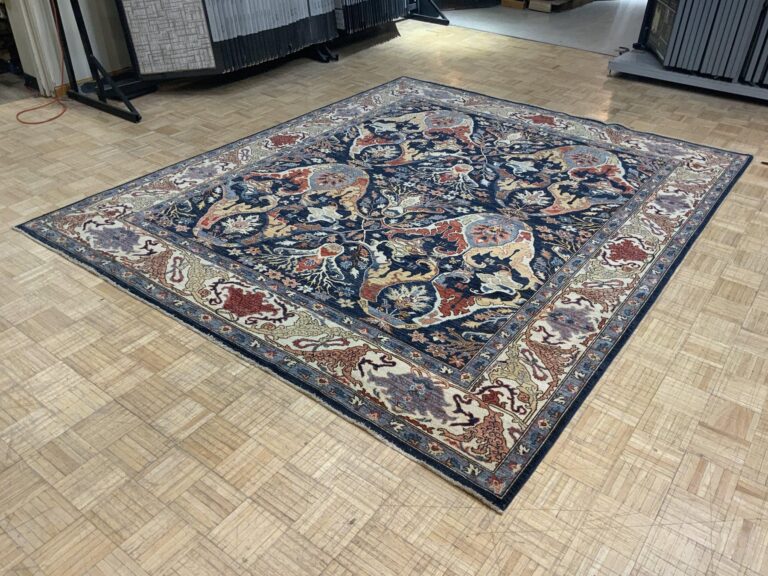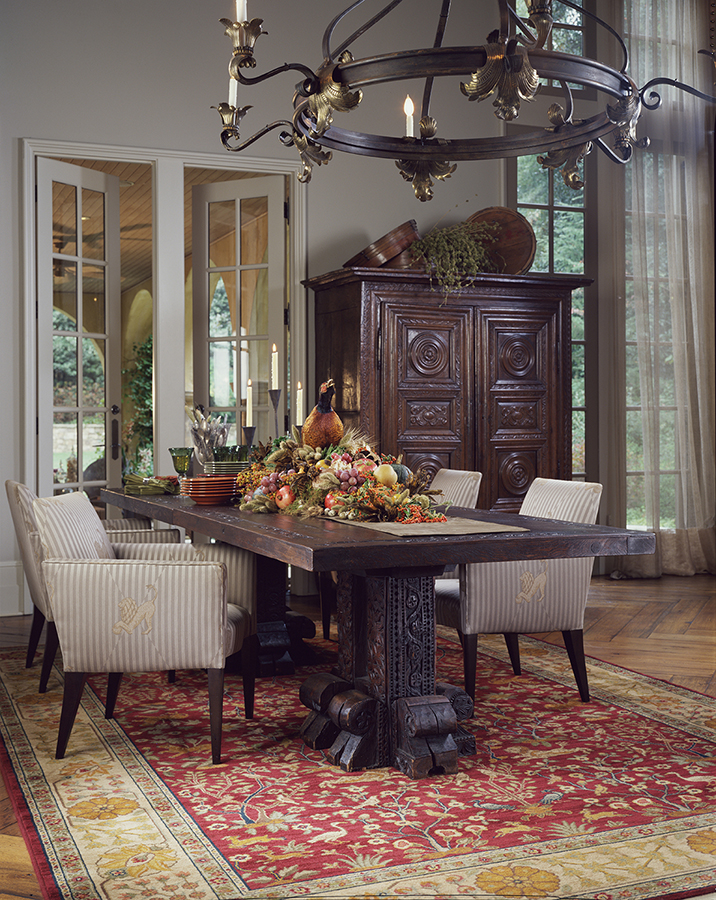
Your choice of flooring is one of the most important decisions you have to make when undergoing a renovation. The sheer amount of decisions about your floor can make you feel overwhelmed. There are many different types of hardwood flooring to choose from. With dozens of species, each with their own unique characteristics, you also have different stains, finishes, and treatments that can be applied to the surface. Hardwood has nearly limitless potential, but not all hardwood is created equal. Here are some things to think about before shopping around for your new floor.
Plank Options
There was a time when almost all hardwood flooring was installed in two-three inch strips. Nowadays you’ll find wider planks in many homes. Wider planks showcase the natural beauty of the wood and make it so there are fewer seams on the floor.
Strip Hardwood Flooring: These planks are 3/16” to ¾” thick and 1½” to 2¼” inch in width. Smaller, thinner pieces can create a more variegated look across the surface of the floor. The result is a more precise, modern style.
Hardwood Flooring Planks: These planks are ½” – ¾” in thick and 3” – 12” in width. Wider pieces allow for a more spacious and luxurious look. There is also more focus on the grain of the wood.
Parquet: If you are looking for a patterned floor, look for a parquet. These are small, short strips of hardwood that can be arranged and set in various patterns. From a simple square to a herringbone, to interlocking shapes, parquets can be installed with a tongue and groove, or adhered to the subfloor.
Grades
Grade refers to the features found on the surface of the wood. While it may seem to have to do with the quality of your wood, as long as you buy from a qualified company, any grade of wood should be equally durable.
Clear Grade: Clear grade is the most uniform and pure grade available. Clear grade pieces do not have any splits, knots, worm holes, or excessive mineral streaks. They have a consistent range of color tones, meaning no pieces are significantly lighter or darker than the others.
Select Grade: These pieces also do not have any knots, worm holes, splits, or mineral stains. the main differences are that these pieces are allowed to vary in color tone and hue.
Low Select Grade: These pieces also do not have any surface features because they are made of clear grade and select grade pieces. These pieces had excessive color shading variations, so they were pulled out of the other lots and put into the low select grade pile. That being said, this is a relatively rare grade because it accumulates as other lots are weaned.
Natural Grade: Natural grade pieces have moderate natural features and color variations. Colors with excessive surface defects are pulled, but most pieces are included for a natural-looking effect.
Rustic Grade: These pieces contain numerous defects, features, and color variations. Some pieces can vary quite dramatically from each other. Rustic styles are often used for cottages or cabins where you want the floor to have a distinct personality.
Wood Floor Hardness Rating
Floor hardness is tested with the Janka hardness test. This is the measure of force required to embed a .444 inch steel ball to half its diameter in wood. Not only is it a good measure of how a wood species will withstand denting and wear, but it also is an indicator of how hard or easy it is to saw or nail. The higher the rating, the harder the wood.
The following is a list of different wood species, sorted by their relative hardness rating. This number is determined by the National Oak Floor Manufacturers Association. It is only a standard. Actual hardness will vary depending on when and where the wood was grown.
- Douglas Fir: 660
- So. Yellow Pine (shortleaf): 690
- So. Yellow Pine (longleaf): 870
- Black Cherry: 950
- Black Walnut: 1010
- Teak: 1000
- Bamboo (carbonized): 1180
- Heart Pine: 1225
- Yellow Birch: 1260
- Red Oak (Northern): 1290
- American Beech: 1300
- Ash: 1320
- White Oak: 1360
- Australian Cypress: 1375
- Bamboo (natural): 1380
- Hard Maple: 1450
- Wenge: 1630
- Brazilian Oak: 1650
- Peruvian Maple: 1700
- African Pedauk: 1725
- Hickory: 1820
- African Rosewood: 1980
- Grapia: 2050
- Amberwood: 2200
- Mesquite: 2345
- Brazilian Cherry: 2350
- Red Walnut: 2450
- Brazilian Teak: 3540
- Patagonian Rosewood: 3840
- Curupy: 3880
Hardwood Flooring Cut Options
The cut of wood refers to how the actual log is sliced. Some cuts produce stronger planks and boards, while others are more efficient but less durable.
Plain Saw: This produces the traditional wood grain with patterns known as cathedrals. It is exactly what you think of when you think wood grain. This cut is produced by taking a log and slicing it vertically. It gives you the most usable planks possible from the log, making this option less expensive than others. That being said, the material produced is only moderately durable, making it good for environments with mild traffic.
Rift Saw: Rift-sawn boards have a long, linear, consistent grain without cathedrals. The log is quartered and the wedges are sliced at a 45-degree angle. The result is a lot of wedge-shaped waste, making this the least efficient and most expensive option. That being said, the wood produced is very uniform and all pieces have the same grain pattern. They are also very strong and durable.
Quarter Saw: This cut looks similar to the rift saw but they have an additional irregular figuring with iridescent, almost 3D rays that strike out across the plank. This cut is achieved by slicing the log quarterly to produce 4 even sized wedges. The wedges are then sawn on the radius, perpendicular to the rings of the tree. The result produces uniform and consistent pieces that are resistant to bowing, bending, and breaking.
If you’re in search of the perfect flooring option for your home and the standard species don’t meet your specific needs or style, contact our Williamsville location at (716) 634-8835 to explore further options. No matter what kind of flooring you choose, Tiftickjian & Sons is here to help!



